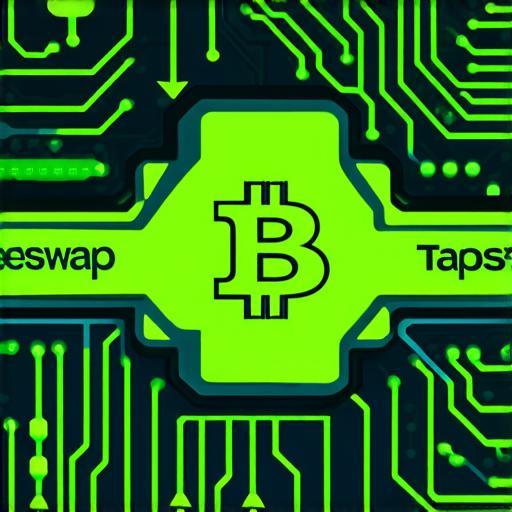Understanding TapSwap’s Business Model: A Brief Overview
TapSwap is a decentralized exchange (DEX) that enables users to trade various cryptocurrencies without the need for intermediaries such as banks or brokers. The platform operates on a peer-to-peer network, where buyers and sellers directly interact with each other to execute trades. TapSwap generates revenue by charging transaction fees from both buyers and sellers for facilitating their trades.
TapSwap’s Revenue Streams: An In-Depth Analysis
Transaction Fees
As mentioned earlier, TapSwap generates revenue by charging transaction fees from both buyers and sellers for facilitating their trades. These fees are typically calculated as a percentage of the total trade value and can vary depending on the platform’s policies.
Liquidity Provision
Another revenue stream for TapSwap is liquidity provision. Liquidity provision involves providing funds to the platform’s liquidity pools, which enables traders to execute trades more quickly and at a better price. In exchange for providing liquidity, users receive a portion of the trading fees generated from their pool.
Staking Rewards
TapSwap also offers staking rewards for users who hold its native token, TSW. Staking involves locking up TSW tokens for a specified period, with the promise of receiving rewards in the form of new TSW tokens or other cryptocurrencies.
Governance Rewards
TapSwap also offers governance rewards for users who participate in its decentralized governance system. The platform’s governance system allows users to propose and vote on various aspects of the platform’s operations, including the allocation of resources and the development of new features.
Advertising Revenue
Finally, TapSwap also generates revenue through advertising. The platform offers various advertising opportunities for businesses and individuals looking to promote their products or services to the cryptocurrency community.
Comparing TapSwap’s Revenue Streams
When compared to other DEX platforms, TapSwap’s revenue streams are relatively straightforward and focused on facilitating trades. This simplicity can be both an advantage and a disadvantage, as it may limit the platform’s ability to generate additional revenue through more complex business models. However, TapSwap’s focus on providing fast, cheap, and secure transactions is likely to appeal to many users in the cryptocurrency market.
Real-Life Examples of TapSwap’s Revenue Streams in Action
To illustrate how TapSwap generates revenue, let us consider a few real-life examples:
- John is a crypto trader who wants to buy ETH for BTC on TapSwap. He pays a transaction fee of 0.25% of the total trade value, which in this case is $10. The platform facilitates the trade and John receives his ETH instantly.
- Sarah is a liquidity provider who wants to earn interest on her BTC funds by providing liquidity to TapSwap’s ETH/BTC pool. She deposits 1 BTC into the pool, which is then used to facilitate trades between buyers and sellers. In exchange for her liquidity, Sarah receives a portion of the trading fees generated from her pool, which in this case is 0.25% of the total trade value.
- David is a user who wants to participate in TapSwap’s decentralized governance system. He proposes a new feature for the platform and earns TSW tokens as rewards for his contributions. These tokens can then be used to stake on the platform or traded on other exchanges for additional cryptocurrency.
- Jane is a business owner who wants to promote her new cryptocurrency exchange service to the TapSwap community. She pays for a banner ad on the platform’s homepage, which will be displayed to all users who visit the site.
Summary: TapSwap’s Potential for Continued Growth in the Cryptocurrency Market
TapSwap’s focus on providing fast, cheap, and secure transactions has made it a popular choice for crypto traders looking to execute trades without the need for intermediaries. As the cryptocurrency market continues to grow, TapSwap’s revenue streams are likely to expand as well, with more users participating in liquidity provision, staking, and governance.
However, TapSwap will also face competition from other DEX platforms, which may offer more complex business models or better transaction speeds and fees. To continue its growth trajectory, TapSwap will need to innovate and adapt to changing market conditions while maintaining its core focus on providing a simple and secure trading experience for its users.
Conclusion
In conclusion, TapSwap’s revenue streams are driven by its ability to facilitate fast and cheap cryptocurrency transactions without the need for intermediaries. As the cryptocurrency market continues to evolve, TapSwap will need to continue innovating and adapting to remain a leading player in the DEX space.

